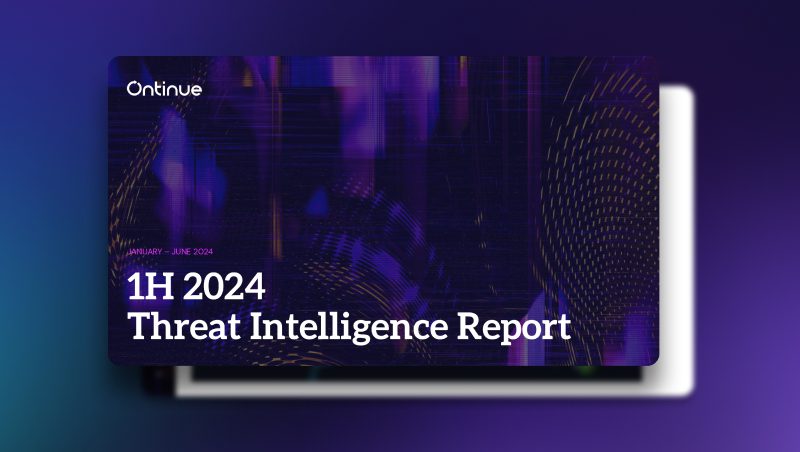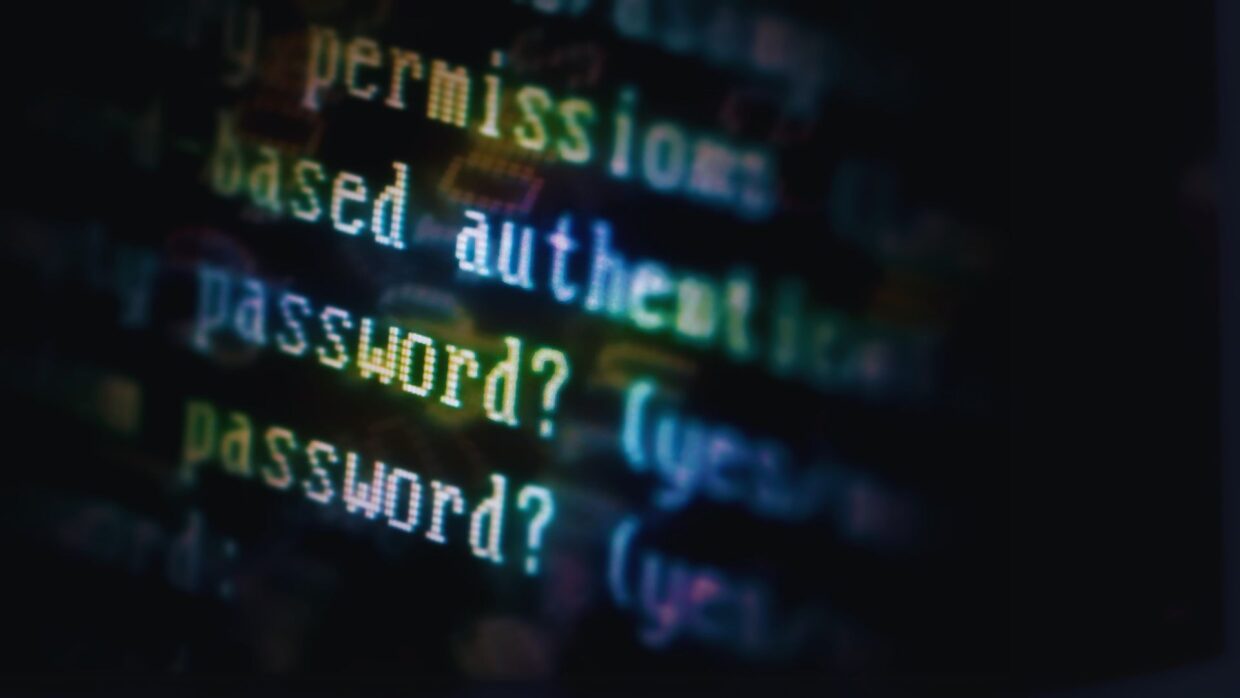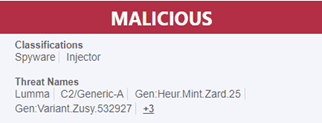Threat Spotlight: The Rise of Chinese State-Sponsored Cyberattacks and the Persistent Threat of PlugX

Understanding the Threat Landscape
As cyber operations continue to evolve, Chinese state-sponsored attacks have increasingly become a significant concern for governments and enterprises worldwide. China’s largest military and cyber reorganization has seen a shift in strategy, with a growing emphasis on information control rather than merely controlling cyberspace. This focus has led to more sophisticated cyber capabilities and increased the frequency and complexity of attacks.
Chinese cyber actors have intensified their efforts to discover new vulnerabilities and develop zero-day exploits. These exploits are quickly distributed across various entities, increasing their utility in launching wide-scale attacks. Once the cybersecurity community has identified these vulnerabilities, military and offensive contractors often repurpose them, making attribution and defense more challenging.
A prime example of the evolving tactics of Chinese state-sponsored threat actors is the use of PlugX, a Remote Access Trojan (RAT) that has been a persistent tool in their arsenal.
PlugX: A Persistent and Evolving Threat
PlugX is a Remote Access Trojan that continues to pose a severe threat to organizations. It primarily targets Governments and their related organizations but also remains a risk to private sector companies. Particularly at risk are organizations handling valuable information that could provide the Chinese nation-state with strategic advantages. For instance, vaccine research institutions and defense contractors have been heavily targeted in the past.
The malware has evolved to include USB worm variants, which allow it to spread rapidly across networks propagating through USB storage devices. PlugX typically obfuscates its malicious files on Windows devices by leveraging Linux files, which remain invisible in File Explorer. Additionally, it exploits files with valid digital signatures from legitimate companies like Adobe or China-based software vendors.
One of PlugX’s hallmark tactics involves creating a directory named “RECYCLER BIN” on infected USB devices. This directory stores stolen files before exfiltrating them through command and control (C2) channels. These channels also execute commands remotely, allowing attackers to maintain control over compromised systems.
Key Characteristics of PlugX:
- Propagation: Once active on a network, PlugX continuously scans for new USB devices to infect, enabling it to spread further.
- Targets: Government agencies are the most frequent victims, particularly for data related to military operations, foreign affairs, and diplomatic activities.
- C2 Capabilities: PlugX’s C2 channels allow attackers to execute remote commands, making it a versatile tool for various cyber-espionage activities.
The Rising Threat of Chinese Cyber Operations
The shift in China’s cyber strategy has led to a notable increase in the sophistication of its operations. Recent intelligence highlights that China’s cyber actors no longer act as isolated entities but are now organized into dedicated groups responsible for different aspects of the attack lifecycle. This multi-layered approach involves setting up infrastructures for attacks that are either provisioned using reputable ISPs or non-provisioned through compromised civil infrastructure.
This sophisticated network of operations has made tracking and attributing attacks much more complex. Cyber attackers now rotate their infrastructure rapidly, sometimes within two-week cycles, complicating detection efforts and prolonging the threat’s lifespan.
Mitigation and Defense Strategies
To defend against PlugX and similar threats from Chinese state-sponsored actors, organizations should adopt a multi-layered cybersecurity approach that includes the following recommendations:
- Hash-Based Blocking: This is a highly effective way to prevent PlugX from spreading. PlugX repeatedly users the same files when propagating through USB drives, meaning a single block indicator can stop further infections in an environment.
- USB Device Control: Limit or eliminate the use of USB devices in your environment. Encourage file sharing through secure platforms like SharePoint, OneDrive, or even Teams and Outlook to reduce the risk of USB-based propagation.
- Emergency Patching: Given the rapid development and deployment of zero-day exploits by Chinese threat actors, it’s crucial to prioritize emergency patching as a defensive measure.
Looking Forward: Staying Ahead of the Threat
PlugX is just one example of the tools Chinese state-sponsored groups use to further their cyber espionage objectives. As these actors become more organized and their tactics grow in complexity, organizations need to stay ahead of the curve. Implementing robust cybersecurity measures, building awareness around potential threats, and proactively defending against known exploits are critical steps in this evolving landscape.
Download Ontinue’s 1H 2024 Threat Intelligence Report for a deeper dive into the tactics, techniques, and procedures of these threat actors and a comprehensive analysis of recent cybersecurity trends. Our report provides valuable insights into the latest developments in the cyber threat landscape and actionable recommendations to fortify your organization’s defenses against emerging threats.
The rise of Chinese state-sponsored cyberattacks signals a more strategic and organized approach to global cyber operations. As these actors continue to enhance their capabilities, PlugX remains a stark reminder of the persistent threats targeting both the public and private sectors. Staying informed and adopting proactive cybersecurity strategies is more important than ever in defending against these sophisticated attacks.
Download Ontinue’s 1H 2024 Threat Intelligence Report to learn more about the evolving cyber threat landscape and how to protect your organization.

 Balazs Greksza
Balazs Greksza Domenico de Vitto
Domenico de Vitto Rhys Downing
Rhys Downing Manupriya Sharma
Manupriya Sharma





